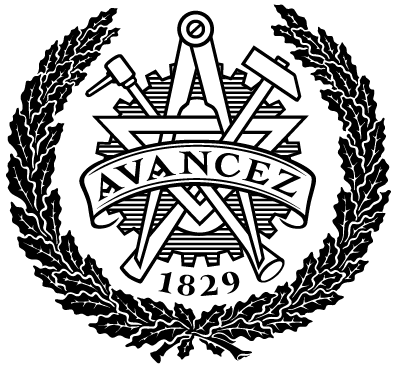Survey of Radiator Temperatures in Buildings Supplied by District Heating
| dc.contributor.author | Jangsten, Maria | |
| dc.contributor.department | Chalmers tekniska högskola / Institutionen för bygg- och miljöteknik | sv |
| dc.contributor.department | Chalmers University of Technology / Department of Civil and Environmental Engineering | en |
| dc.date.accessioned | 2019-07-03T14:24:16Z | |
| dc.date.available | 2019-07-03T14:24:16Z | |
| dc.date.issued | 2016 | |
| dc.description.abstract | In order to maintain the competitiveness and improve the environmental performance of district heating in the future it may be of essence to transition to lower operating temperatures over those of the current third generation district heating systems. This is due to the fact that heat demands are expected to decrease as buildings become more energy efficient as well as new types of heat sources are likely to be integrated. The third generation district heating systems operate at annual average temperatures of 75-90°C supply and 40-50°C return in Sweden today. However, these temperatures are well above the customer temperature demands which are to heat buildings to approximately 20°C and provide domestic hot water at 50°C. Therefore, future supply and return temperatures of 50-55/20-30°C for the next fourth generation district heating systems have been suggested. Radiators in buildings constructed prior to the 1980's have in Sweden typically been designed for supply temperatures of 80°C to provide space heating. However, as buildings are renovated, this temperature must be lowered to avoid overheating. For buildings constructed subsequent to 1982 the radiator design supply temperature should be a maximum of 60°C. Several previous studies have established what the temperatures on the primary side of the district heating systems are, however there is a lack of documentation on the temperatures of the secondary side. The purpose of this project is therefore to investigate the radiator temperatures on the district heating secondary side. In this research project, data for 109 radiator systems for multi-family dwellings in the city of Gothenburg, Sweden, has been analyzed. Supply and return temperatures for the design outdoor temperature have been calculated based upon available data measurements for one year. Factors affecting the operating temperatures of the radiators, such as radiator size and hydronic balancing, have also been examined. The results show that the average supply and return temperatures for the design outdoor temperature of -16°C are 64 and 42°C respectively. The radiator sizes were shown to be decreasing with increasing supply temperatures, where the largest potential of lowering the radiator operating temperatures were found in the systems with a large radiator size and a lower specific space heating demand. For an outdoor temperature of 5°C and above all radiator systems operate with supply temperatures less than 55°C. | |
| dc.identifier.uri | https://hdl.handle.net/20.500.12380/245977 | |
| dc.language.iso | eng | |
| dc.relation.ispartofseries | Examensarbete - Institutionen för bygg- och miljöteknik, Chalmers tekniska högskola : BOMX02-16-83 | |
| dc.setspec.uppsok | Technology | |
| dc.subject | Building Futures | |
| dc.subject | Energi | |
| dc.subject | Hållbar utveckling | |
| dc.subject | Samhällsbyggnadsteknik | |
| dc.subject | Building Futures | |
| dc.subject | Energy | |
| dc.subject | Sustainable Development | |
| dc.subject | Civil Engineering | |
| dc.title | Survey of Radiator Temperatures in Buildings Supplied by District Heating | |
| dc.type.degree | Examensarbete för masterexamen | sv |
| dc.type.degree | Master Thesis | en |
| dc.type.uppsok | H | |
| local.programme | Sustainable energy systems (MPSES), MSc |
Ladda ner
Original bundle
1 - 1 av 1
Hämtar...
- Namn:
- 245977.pdf
- Storlek:
- 2.61 MB
- Format:
- Adobe Portable Document Format
- Beskrivning:
- Fulltext
